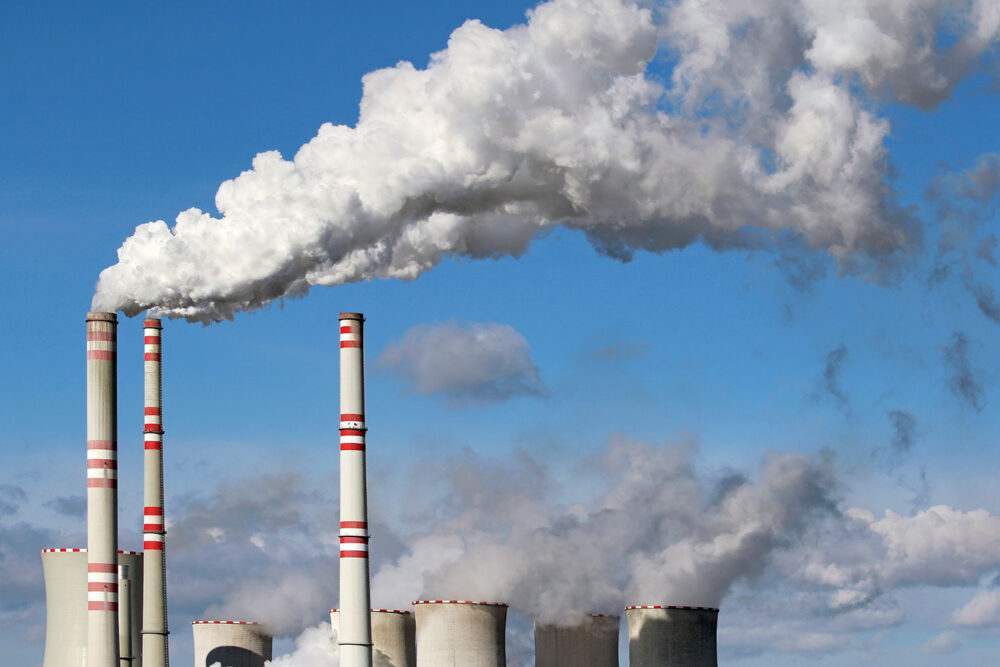The recent US$2 billion commitment by Singapore to drive sustainability, particularly green finance, could not have been made at a more critical time. It came at the heels of an unprecedented warning by 11,258 scientists across 153 countries that our planet faces a climate emergency.
Businesses will now have to go back to the drawing board to reassess the emerging threats from climate change as well as map out responses demanded by stakeholders.
Most significantly, they have to build a new case to fight climate change that goes beyond responsibility and risks.
For businesses, the starting point to consider climate change is normally via sustainability. Along this vein, I remember advocating the importance of sustainability even with smaller enterprises.
On one occasion this was met with a memorable rebuttal from the CEO of a printing company. He proclaimed that if his company embraced sustainability, he would have to close his business. He further retorted that his greatest enemy is the PDF file format which greatly affected his paper printing business.
Building a compelling business case is a crucial lever for action.
The reaction epitomises the real sentiments, even anguish, amongst companies on sustainability. To them, it is basic survival that matters first. ‘Sustainability is for the rest of the world but leave me alone to upkeep the business’ – goes the sentiment so often felt.
The “not-for-me” free-riding syndrome will be even more protracted in the battle against climate change. If anything, the impact is distant and indirect. It will be difficult to conceive that business leaders will commit to fight climate change fully and immediately.
Turning point
Climate change is not an overnight revelation. The initiating milestone was the United Nations’ Earth Summit held in Rio de Janeiro in June 1992 where countries sought to reduce damage to the environment, especially in the use of fossil fuels.
But the key turning point was the 2015 Paris Agreement which aimed to keep global temperature increase to below two degrees centigrade above pre-industrial levels and to pursue an even more stringent limit of 1.5 degrees. While this agreement has been cited frequently, it often goes unnoticed that each of the signatory countries, including Singapore, must act and regularly report on its efforts.
The greatest push on the home front to combat climate change came from Prime Minister Lee Hsien Loong at his National Day Rally in August 2019. Mr Lee highlighted, in particular, the potential sea level rise that will profoundly affect the island state. Accordingly, the country will adopt a three-pronged strategy to combat climate change – understand the issue, take measures to mitigate it, and adapt to it.
Companies play a pivotal role in the climate crisis due to their often intense environmental impact, particularly from carbon emissions. Building a compelling business case is a crucial lever for action. In my view, the case has thus far been built on two angles.
The first angle comes in the form of “responsibility” to the community by not degrading the environment. It is something good for companies to do socially, and relies on corporate altruism to place society above profit.
In the second angle, consideration of climate change takes the form of “risk”. Companies make assessment of two types of risk that may come about from climate change – direct risk and derived risk.
New demands
Direct risk refers to physical impact that may actually damage the company’s products and markets, including the supply chains, through severe weather patterns such as floods and hurricanes.
Derived risk comes from new demands by consumers and investors for the company to adopt climate change actions. These may have implications for sales revenues and capital costs. The risk may also emanate from changes in regulation that require the company to pursue climate-related actions thus entailing not only costs but also operational modifications.
However, for businesses to fully accept climate change, a third angle to complete the triangle is needed – that of “rationale”. Companies must see that it is in their very own self-interest to take on climate change. This will entail assessing implications of climate change actions against financial bottom lines.
The rationale angle is still in the early stage as many of the climate-related standards, such as those embodied in the Global Reporting Initiative (GRI) and the Task Force on Climate-related Financial Disclosures (TCFD), are just emerging and being applied.
The greatest challenge is to demonstrate that climate change practices are beneficial to the company
On business benefit, there has been clear evidence on the financial impact of sustainability as a broader whole. In a recent study of Singapore-listed companies conducted at my research centre with the Asean CSR Network, we found a significant positive relationship between sustainability reporting and firm value.
In a summative analysis conducted by the University of Oxford and Arabesque Partners of more than 200 studies, it was found that 88 per cent show that good sustainability practices result in better operational performance. Moreover, 80 per cent indicate that such good practices give rise to better stock price performance.
But the greatest challenge is to demonstrate that climate change practices are beneficial to the company, one company at a time. As of now, the evidence is mostly anecdotal.
In a recent article, The Straits Times calculated that PSA Corp’s purchase of 200 liquefied natural gas (LNG) trucks, representing 15 per cent of its fleet, reduced its carbon dioxide emissions by 26 per cent compared to diesel trucks. The company stood to gain more than S$3.5 million in operational savings over 10 years, increasing if PSA ramped up its LNG fleet even further.
The rationale view is the most crucial third angle to be triangulated with the angles of responsibility and risk. Only then will we see companies voluntarily embracing the battle of climate change.
Returning to the story of the printing house and its resistance to sustainability – it is clear that if the company sees the tangible returns, it will be serious about sustainability including climate change.
The PDF threat, as feared by the firm’s CEO, suggests that the company should switch to a new business model. And this will be rationalised on the fundamental reasoning of self-interest – business benefit.





